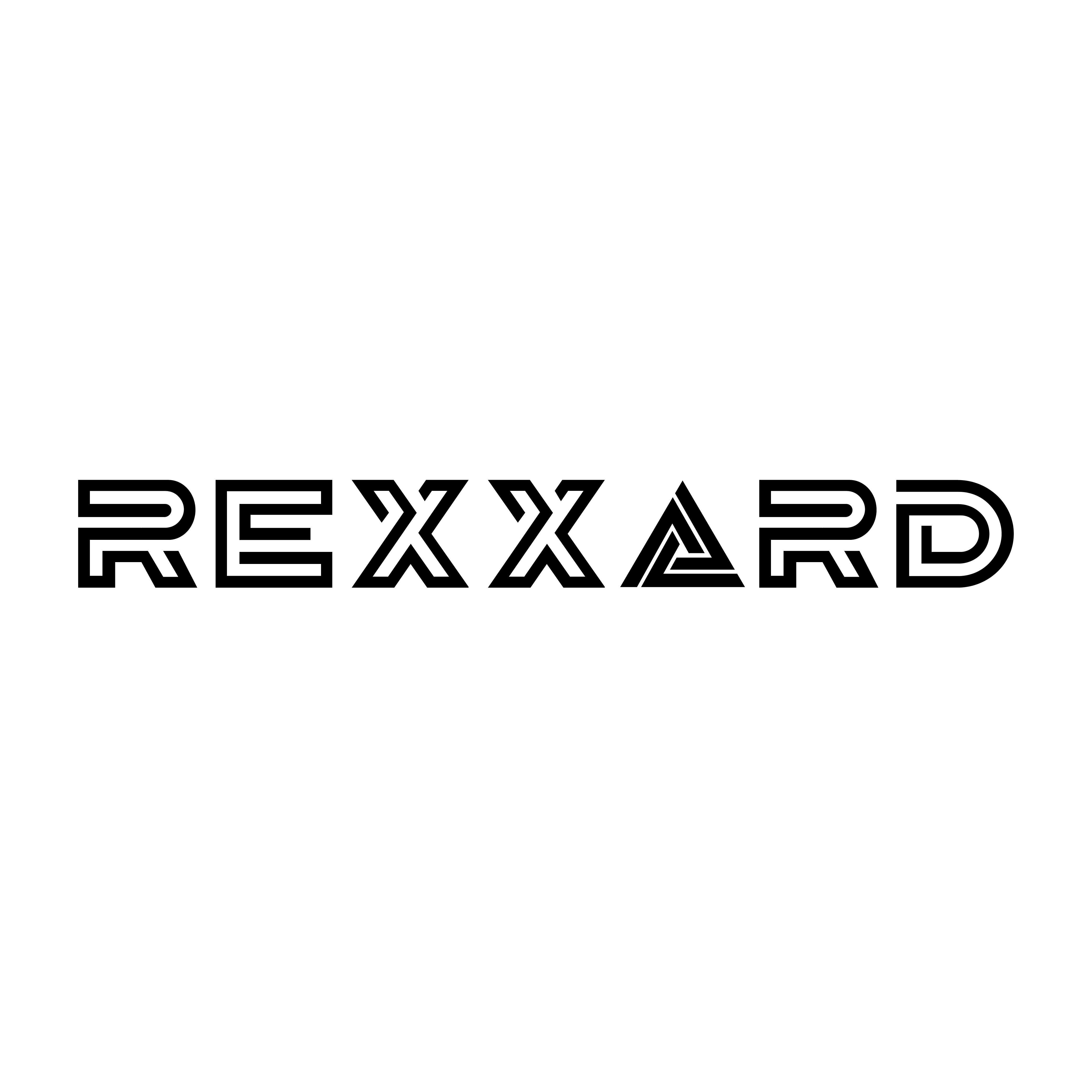Top 10 Project Management Software:
As remote work continues to evolve, so does the demand for project management software that can streamline tasks, improve collaboration, and boost productivity. In 2025, finding the right tool is more crucial than ever. Whether you’re leading a small team or managing a large-scale enterprise project, the right software can make a world of difference. But with so many options, how do you choose? We’ve compiled a list of the top 10 project management software tools that are set to dominate the market in 2025.
1. Asana – A Flexible Solution for Teams of All Sizes
Core Features of Asana
Asana has long been known for its flexibility, making it a favorite among teams of all sizes. This project management software allows you to assign tasks, set deadlines, and track progress with ease. Its visual timelines and calendars give you a bird’s-eye view of the entire project, ensuring that nothing slips through the cracks.
Why Asana is a Top Choice in 2025
Asana’s ability to integrate with hundreds of other apps, like Slack and Google Workspace, makes it incredibly adaptable. It’s also perfect for remote teams, with features like real-time task updates and team communication built right into the platform.
2. Monday.com – Simplifying Project Management with Visual Workflows
Key Features of Monday.com
If you’re someone who prefers a visual approach to project management, Monday.com might be your best bet. Its intuitive project boards allow you to track progress, set priorities, and even automate workflows, so you spend less time on manual updates and more time on what matters.
Monday.com’s Impact on Project Management in 2025
In 2025, Monday.com has only gotten better. With improved automation features and a more customizable dashboard, it remains one of the most user-friendly project management software tools out there. Whether you’re managing a small project or an enterprise-level workflow, Monday.com simplifies everything.
3. Trello – Organizing Tasks Visually
Trello’s Key Features
Trello is the king of simplicity in project management software. Its drag-and-drop Kanban boards make task management a breeze, whether you’re planning a product launch or tracking a marketing campaign. With Power-Ups, you can integrate Trello with other apps, adding layers of functionality like calendar views, custom fields, and automation.
How Trello Remains Relevant in 2025
Despite its simplicity, Trello continues to be relevant in 2025 thanks to its customization options and easy-to-understand interface. It’s perfect for small teams that need a straightforward yet effective tool to organize tasks visually.
4. ClickUp – The One-Stop Shop for Project Management Software
Why ClickUp Stands Out
ClickUp has quickly grown to become one of the most comprehensive project management software tools on the market. It allows you to manage tasks, track time, store documents, and even communicate with your team—all within the same platform. Its versatility makes it a powerful option for companies of all sizes.
ClickUp’s Growth in 2025
As companies continue to seek all-in-one solutions, ClickUp is expected to dominate the market in 2025. Its ability to integrate with hundreds of third-party apps like Zoom, Slack, and Google Drive makes it a top contender for any team looking to streamline their workflows.
5. Wrike – For Advanced Project Collaboration
Wrike’s Key Features
When it comes to real-time collaboration, Wrike takes the cake. This project management software comes with Gantt charts, Kanban boards, and customizable workflows, making it easy to plan complex projects. It also has a strong focus on resource management, which is vital for large-scale projects.
Wrike’s Popularity Among Enterprises in 2025
In 2025, Wrike is particularly favored by enterprises due to its advanced features like resource allocation, time tracking, and comprehensive reporting. Teams working on complex, long-term projects find Wrike invaluable for staying on track.
6. Smartsheet – A Powerful Tool for Managing Complex Projects
Smartsheet’s Key Advantages
Smartsheet is the go-to tool for managing large-scale, complex projects. Its grid-based interface feels like a spreadsheet but offers way more flexibility. With automated workflows, project reporting, and built-in communication tools, Smartsheet helps streamline even the most complicated tasks.
Smartsheet’s Role in Handling Large Projects in 2025
In 2025, Smartsheet remains a powerful option for teams handling complex, multi-layered projects. Its ability to manage multiple workflows simultaneously and provide real-time updates makes it indispensable for large organizations.
7. Microsoft Project – The Classic Project Management Software
Features That Keep Microsoft Project a Relevant Project Management Software
Microsoft Project is the classic choice for project managers who need a robust, feature-rich platform. From advanced scheduling tools to resource management and project forecasting, it has everything a project manager could need. Plus, its integration with Microsoft Office Suite makes it a seamless addition for companies already using Microsoft products.
Microsoft Project’s Role in 2025
Despite being one of the older tools on the market, Microsoft Project continues to be a go-to choice for many teams in 2025, especially in large organizations that rely heavily on detailed project planning and resource tracking.
8. Basecamp – Simple and Effective Project Management
Key Features of Basecamp
Basecamp is designed for simplicity, focusing on task management, team communication, and file sharing. It’s ideal for small teams that don’t need overly complex features but still want a reliable way to manage their projects.
Why Basecamp Works for Small Teams in 2025
In 2025, Basecamp continues to appeal to small businesses and startups. Its simplicity and affordability make it a popular choice for teams that prioritize ease of use over advanced features.
9. Jira – Tailored for Software Development Teams
Jira’s Key Features
If you work in software development, Jira is the go-to project management software. It’s specifically designed for agile teams, allowing you to manage sprints, track bugs, and plan product releases efficiently. Its integrations with development tools like Bitbucket make it a favorite among developers.
Jira’s Continued Dominance in Software Development in 2025
By 2025, Jira remains the leader in project management for software development teams, thanks to its robust features for tracking issues, managing code, and planning releases.
10. Zoho Projects – Affordable and Feature-Packed
Zoho Projects’ Unique Features
For teams on a budget, Zoho Projects offers an affordable yet powerful solution. It comes with all the standard project management software features, like task tracking and Gantt charts, but also offers time tracking and automation features that are usually only found in more expensive tools.
Zoho Projects’ Rise in 2025
Zoho Projects continues to rise in popularity in 2025, especially among small businesses that want a cost-effective way to manage projects without sacrificing essential features.
Conclusion
As we move further into 2025, choosing the right project management software is more important than ever. The tools we’ve covered range from simple and effective solutions for small teams to advanced platforms designed for large enterprises. Whether you’re looking for a tool to track tasks, collaborate with your team, or manage complex workflows, these ten options offer something for everyone. With the right software, you’ll not only improve efficiency but also empower your team to do their best work.
FAQs
Q1: How do I decide which project management software is best for my team?
Choosing the right project management software depends on your team’s size, project complexity, and specific needs. Tools like Asana and Monday.com are great for flexibility, while Jira is better for development teams.
Q2: Are free versions of project management software effective for small businesses?
Yes, many tools like Trello and Zoho Projects offer free versions with enough features for small teams. However, you may need to upgrade for more advanced functionalities.
Q3: What are the most critical features to look for in a project management tool?
Key features include task tracking, team collaboration, time management, and integrations with other tools your team uses.
Q4: How does project management software improve team collaboration?
Most project management tools include real-time updates, messaging, file sharing, and task assignments, all of which improve communication and keep everyone aligned.
Q5: Can these tools integrate with other business software?
Yes, almost all project management tools integrate with third-party apps, such as Slack, Google Workspace, and Zoom, allowing you to create seamless workflows across platforms.
Click here to see more tech blogs.
Click here to use free Web Tools.
Visit TechJungle for tech reviews



